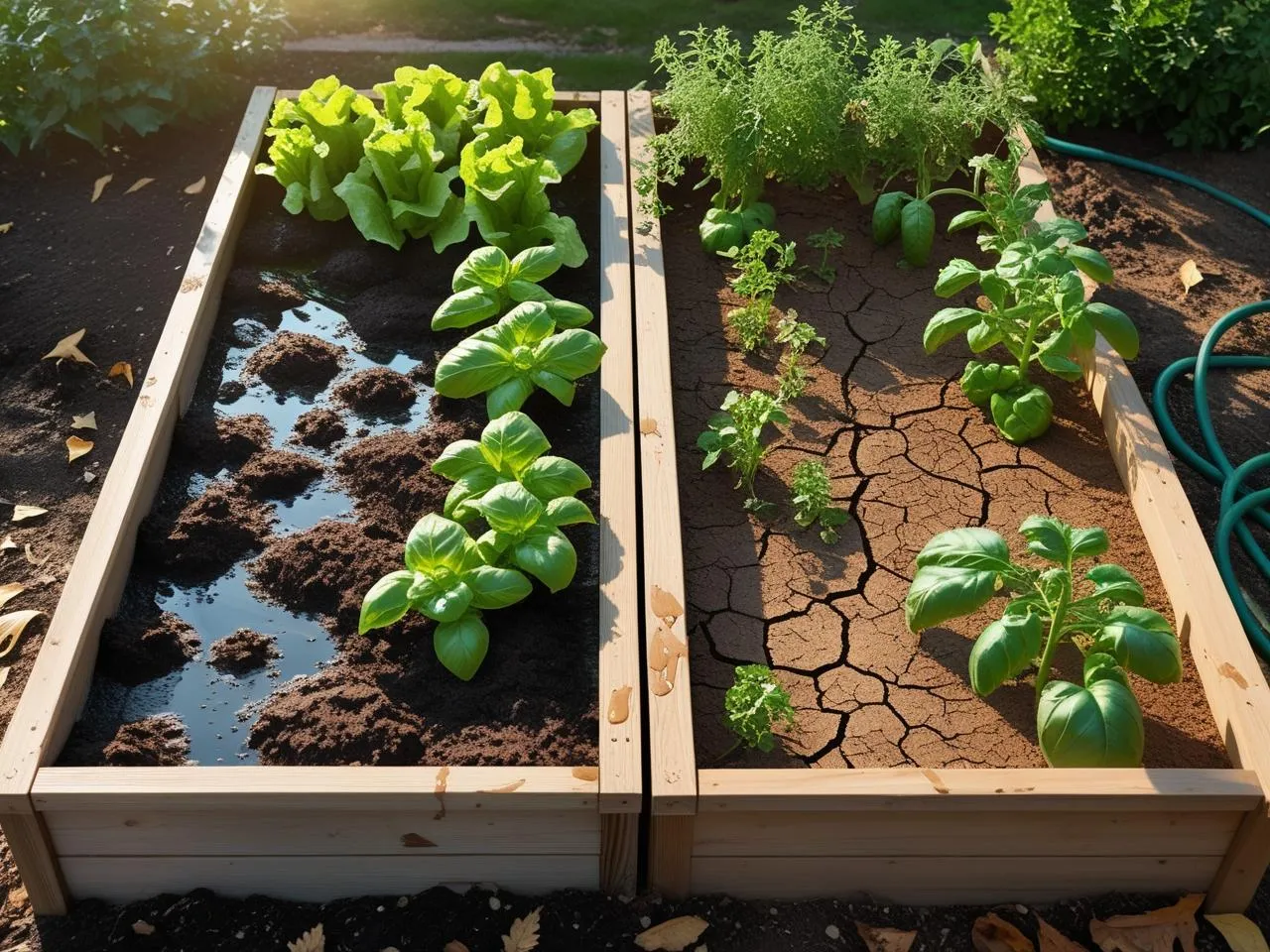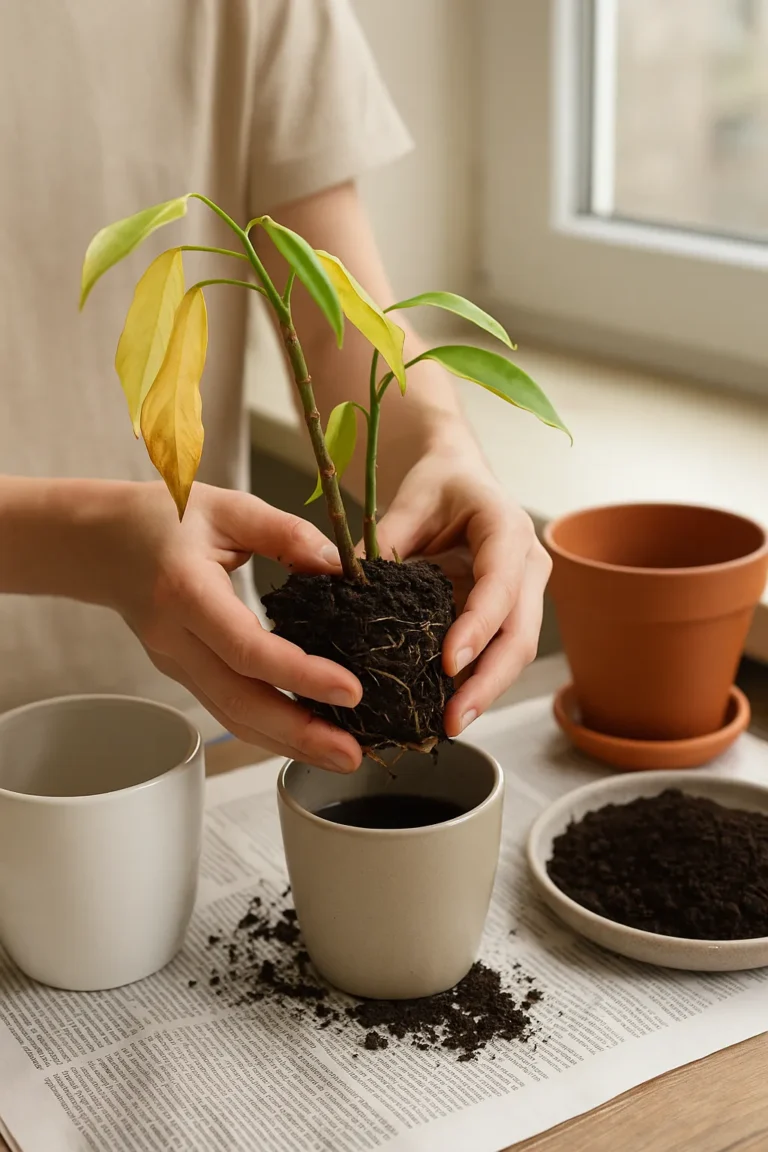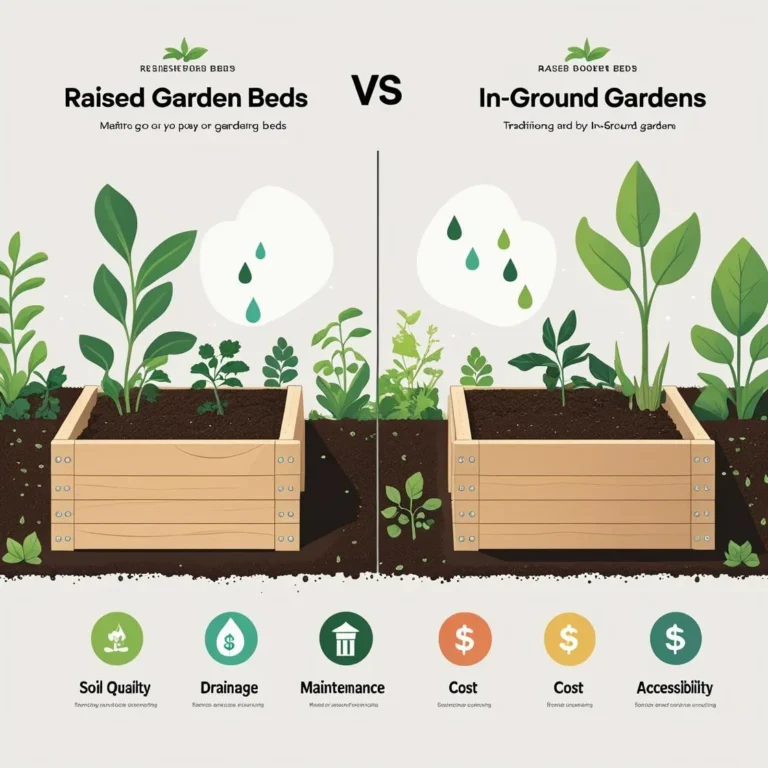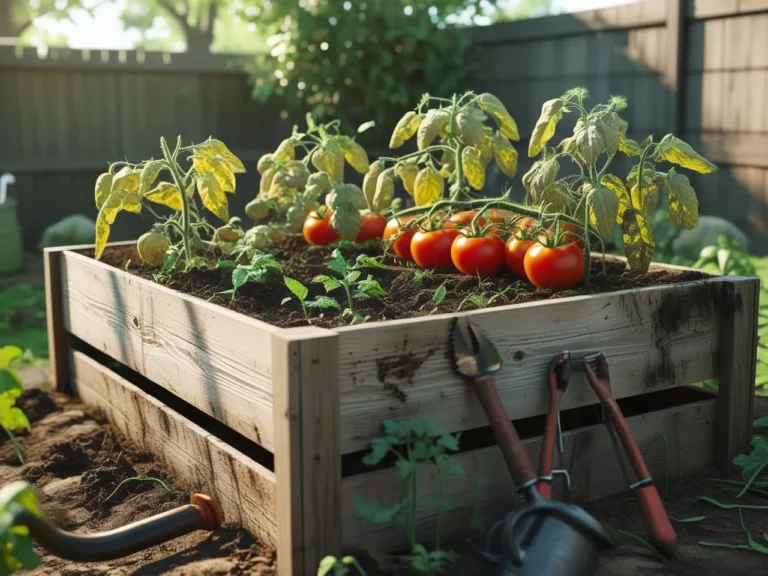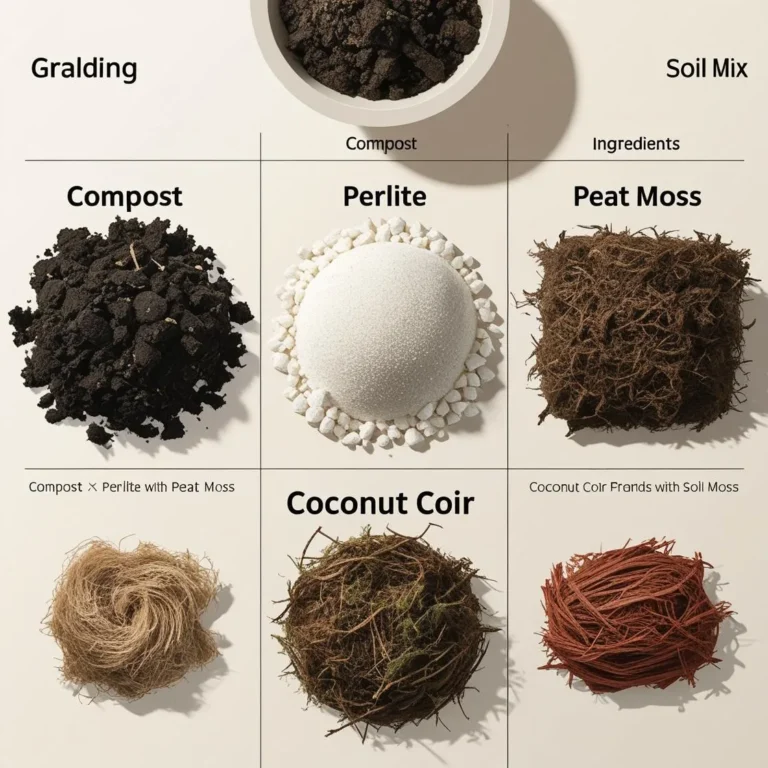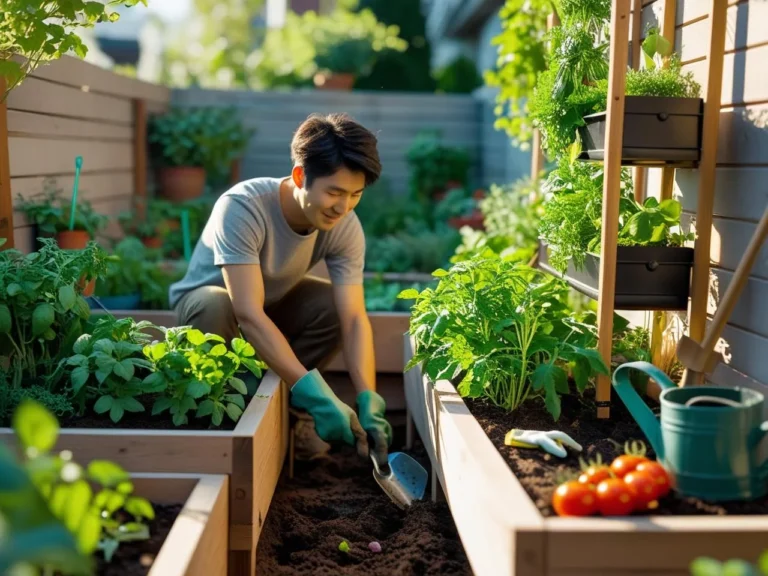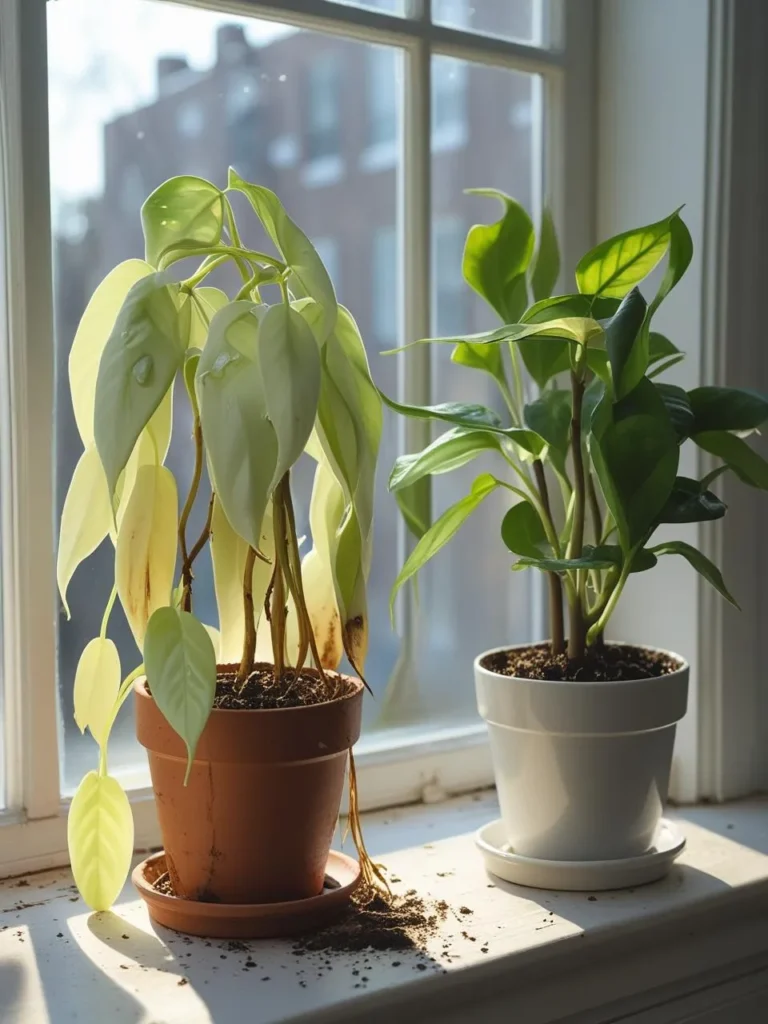How to Water Raised Beds
Welcome, fellow gardeners! You’ve built your beautiful raised bed and filled it with rich soil. Now comes the most crucial part of keeping your plants happy and productive: watering. Learning how to water raised beds correctly is a skill that can make the difference between a thriving garden and a struggling one.
Because raised beds drain quickly and heat up faster than in-ground gardens, they have unique watering needs. Overwatering can lead to root rot, while underwatering can stress your plants. Don’t worry—this guide will walk you through the best tips and techniques for perfect watering of your raised garden beds.
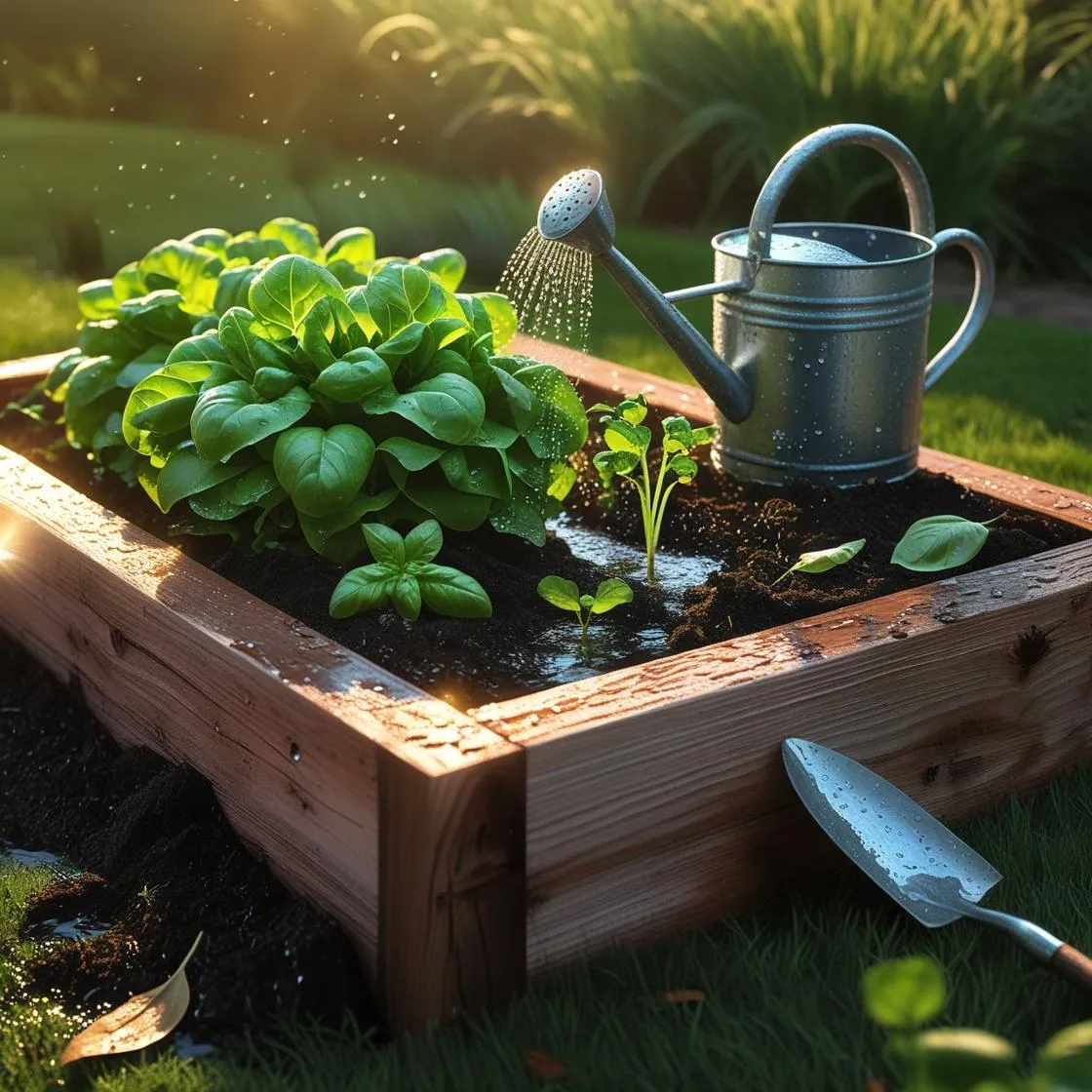
Why Raised Beds Need Special Watering Care 💧
So, what makes watering a raised bed different? It comes down to a few key factors:
- Excellent Drainage: The loose, fluffy soil in raised beds is fantastic for preventing waterlogged roots, but it also means water drains away much faster.
- Faster Warming: Raised beds warm up more quickly in the sun. While this is great for an early start in spring, it also causes the soil to dry out faster, especially on hot summer days.
- Contained Environment: The limited soil volume means plants can’t seek out moisture from deeper in the ground, making them entirely dependent on you.
This is why checking soil moisture in raised beds is so important. A simple check will tell you everything you need to know.
📌 Pro Tip: Stick your finger 1–2 inches into the soil. If it feels dry, it’s time to water!
When to Water Your Raised Beds 🌞
Timing is everything when it comes to creating the perfect watering schedule for vegetables and other plants.
The best time to water plants is in the early morning. This allows the water to soak deep into the soil before the sun gets too hot, minimizing evaporation. It also gives the plant foliage plenty of time to dry before nightfall, which helps prevent fungal diseases.
Avoid watering in the middle of a hot day, as much of the water will evaporate before it reaches the roots. Watering late at night can leave leaves damp, creating an inviting environment for mildew and other diseases.
💧 Watering Tip: Aim for deep, infrequent watering instead of daily light sprinkles! This encourages strong, deep root growth.
How to Water Properly 🪴
Now that you know when to water, let’s talk about the best technique for how to water raised beds. The golden rule is to water the soil, not the leaves.
Direct your watering can or hose at the base of your plants. This ensures water gets straight to the root zone where it’s needed most. Wetting the leaves does little to hydrate the plant and can even lead to scorched spots on sunny days or promote fungal growth.
Aim for a slow, deep soak. A gentle, steady stream of water allows the soil to absorb moisture thoroughly without causing runoff. This encourages roots to grow deeper into the bed, making them more resilient during dry spells.
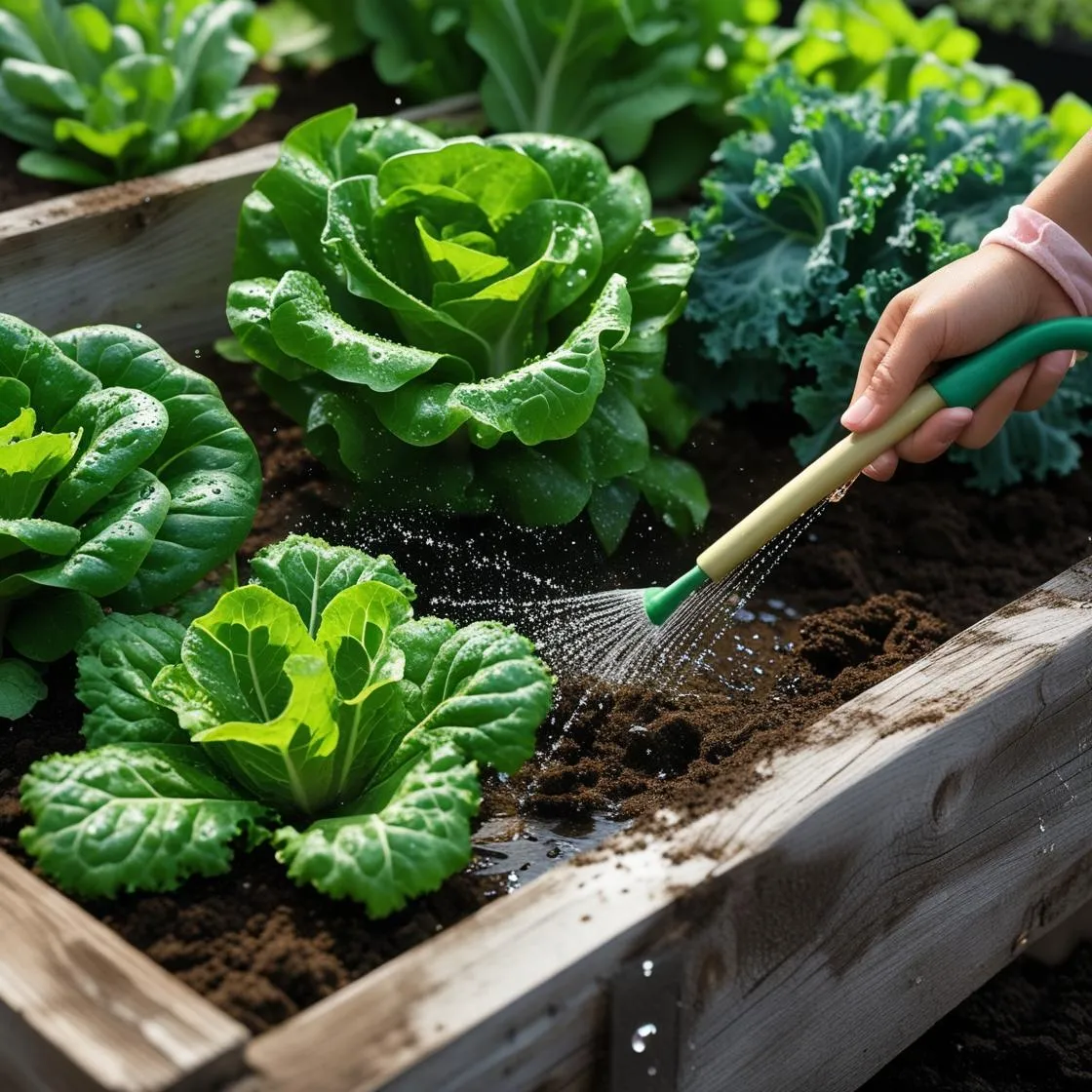
Top Watering Methods for Raised Beds ✅
There are several great methods for watering your garden. Here are a few of the most effective raised bed irrigation tips:
- 🚿 Soaker Hoses: These porous hoses “weep” water directly into the soil along their entire length. Simply snake one through your plants for efficient, hands-off watering.
- 🌊 Drip Irrigation: This is the most water-efficient method. A drip system uses tubes with small emitters that deliver water slowly and precisely to the base of each plant.
- 🫗 Manual Watering: Using a watering can or a hose with a gentle spray wand is perfect for smaller gardens. It gives you full control and allows you to check on your plants up close.
- 💧 Self-Watering Beds: These beds (often called wicking beds) have a built-in water reservoir at the bottom that wicks moisture up into the soil as needed. They are a fantastic low-maintenance option.
📌 Pro Tip: Install a timer with your soaker hose or drip irrigation system for a completely automated, worry-free watering setup!
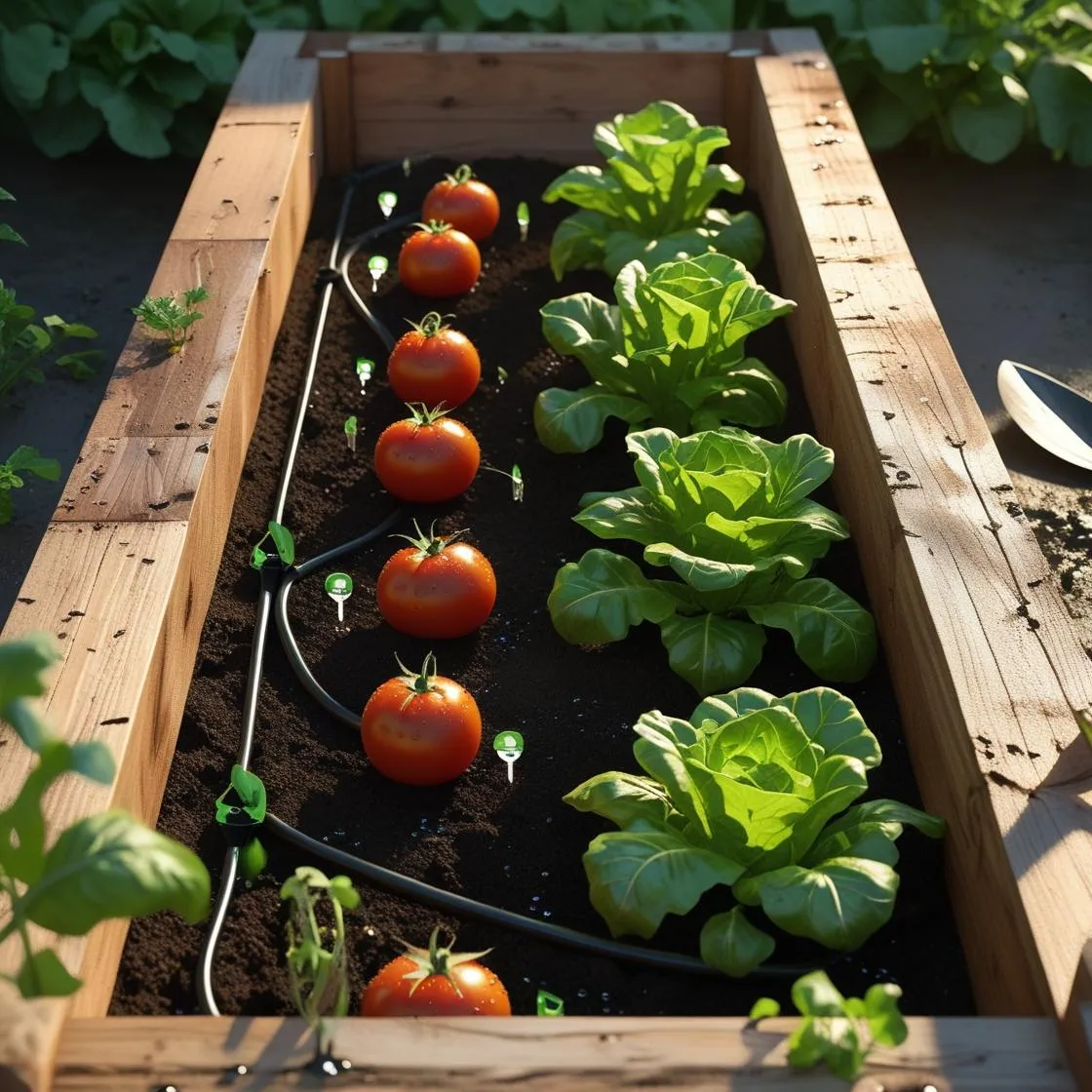
Tips to Keep Soil Moist Longer 🌿
Want to water less often? These simple tricks will help your raised bed retain moisture:
- Add Mulch: A 2-3 inch layer of straw, shredded leaves, or wood chips on top of the soil works wonders. It reduces evaporation, keeps the soil cool, and suppresses weeds.
- Improve Your Soil: Mix plenty of compost and other organic matter into your soil. These materials act like a sponge, holding onto water for longer.
- Space Plants Correctly: Give your plants enough room to grow without competing for water.
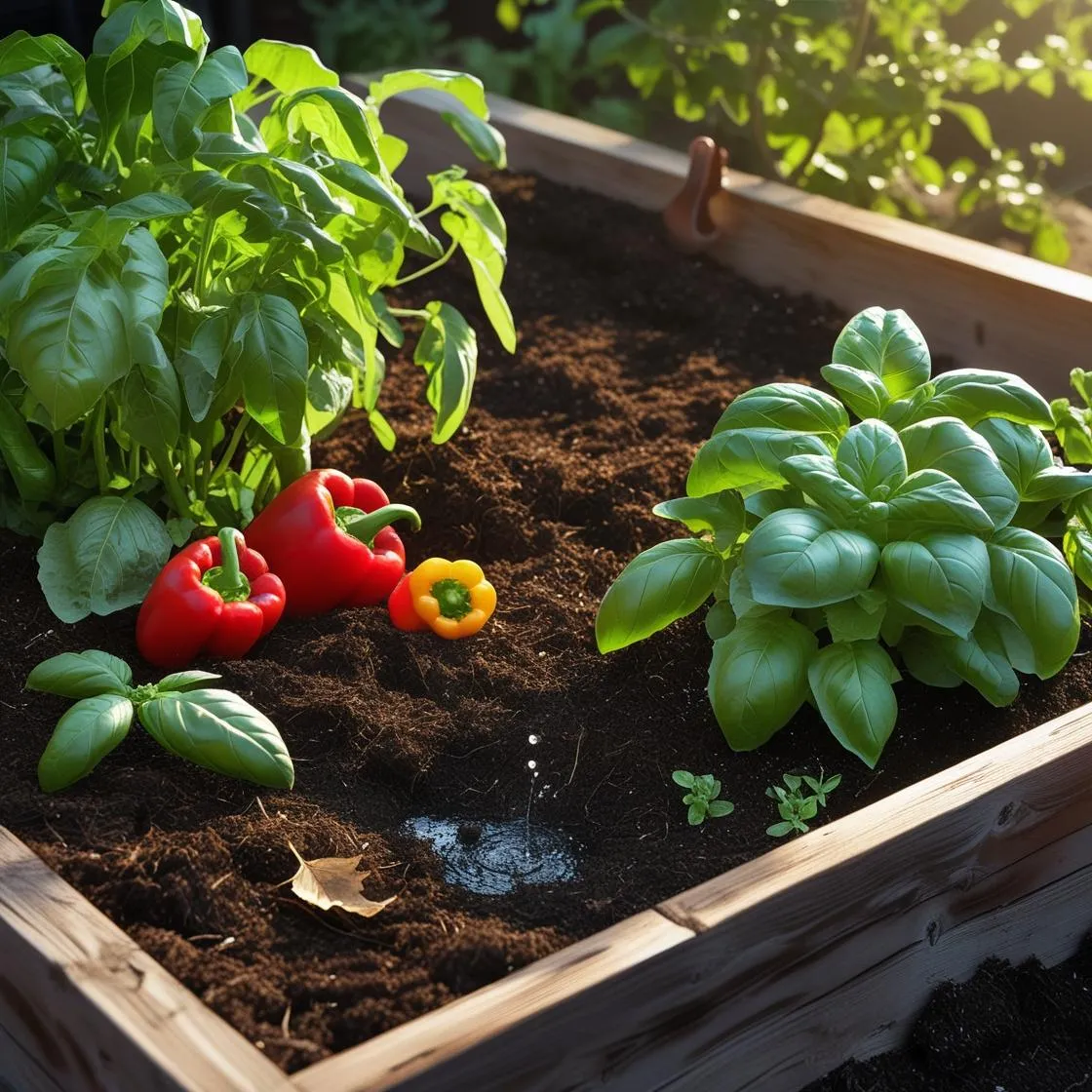
Conclusion 🌻
Mastering how to water raised beds is one of the most rewarding skills you can learn as a gardener. Consistent, thoughtful watering leads to healthier plants, fewer problems, and a more abundant harvest.
Remember to check your soil regularly, water deeply at the base of your plants, and don’t be afraid to experiment with different methods to find what works best for you and your garden.
What are your go-to watering hacks? Share your favorite tips and tricks in the comments below

